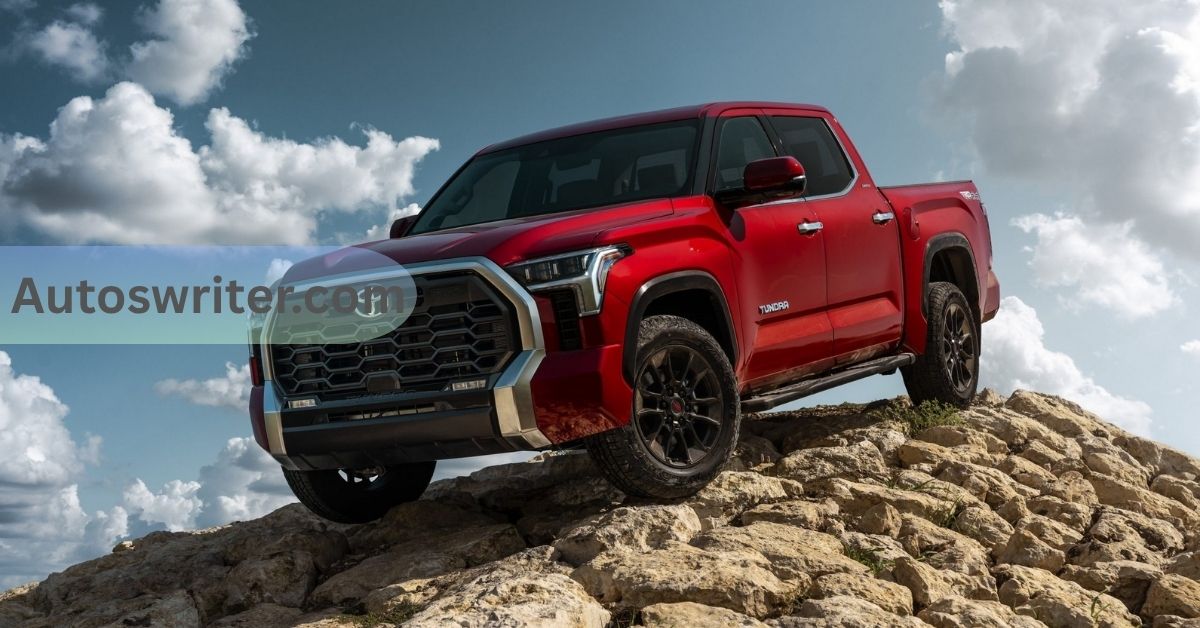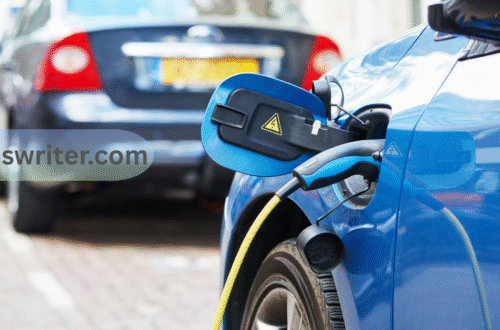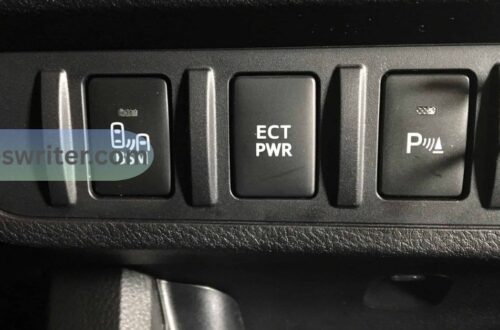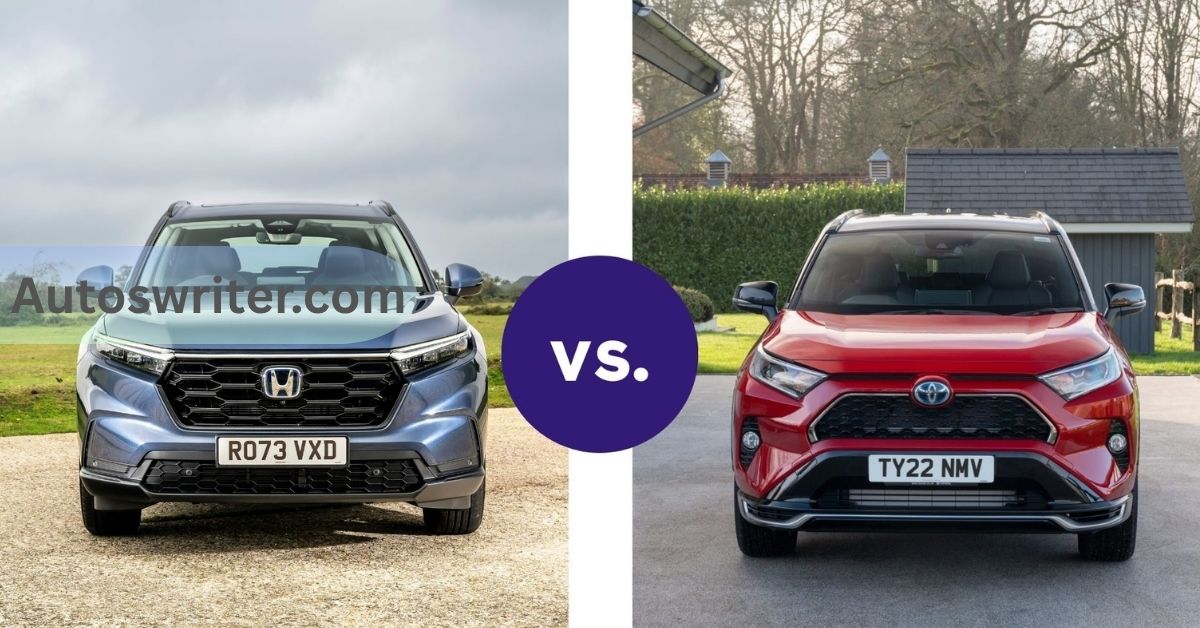The newest Toyota Tundra trucks (2022–2025 models) have faced several notable problems. One big issue was the new twin-turbo V6 engine. In mid-2024, Toyota recalled approximately 102,000 Tundras (and some Lexus LX SUVs) from the 2022 and 2023 model years to replace the entire engine.
Engineers found that during production, some metal debris may have been left inside the engine. Over time, this debris can damage the engine’s main bearings, causing knocking noises, rough running, or even stalling. To address this issue, Toyota dealers will install a new engine in affected trucks at no additional charge.
Toyota Tundra Affected Transmission:
Starting in early 2024, Toyota announced a recall for many 2022–2024 Tundras (and some Lexus and Sequoia models) due to the transmission not fully disengaging in Neutral. In simple terms, a truck in neutral could still creep forward slowly even with no gas pedal pressed.
This poses a safety risk, so Toyota plans to issue a software update for the transmission control system at dealerships to eliminate the “creep” problem. Owners of those models will get the update for free.
New Tundras digital display glitches:
In 2023, Toyota issued a recall (code 23TA02) due to the driver’s instrument panel unexpectedly going blank. When the LCD screen fails, drivers lose access to their speedometer and warning lights, which can be hazardous. Toyota dealers will reprogram or replace components under that recall so the display no longer turns off.
Some buyers also reported other tech quirks – for example, wireless Android Auto or Bluetooth sometimes disconnects on 2022 models – and owners expect over-the-air software updates to improve those systems in time.
Late in 2025, Toyota added another recall for backup lamps on 2022–2025 Tundras. Moisture can enter the reverse light housing, causing the lamps to fail. The fix is to fit new, improved lamp assemblies and check the wiring for corrosion. Dealers will do this at no cost as part of the recall. This issue only appears when backing up, but it is severe enough that Toyota is addressing it in all recent Tundras.
Also Read: How Long Do Toyotas Last-Everything You Need to Know
Older Tundra Models (2000–2021):
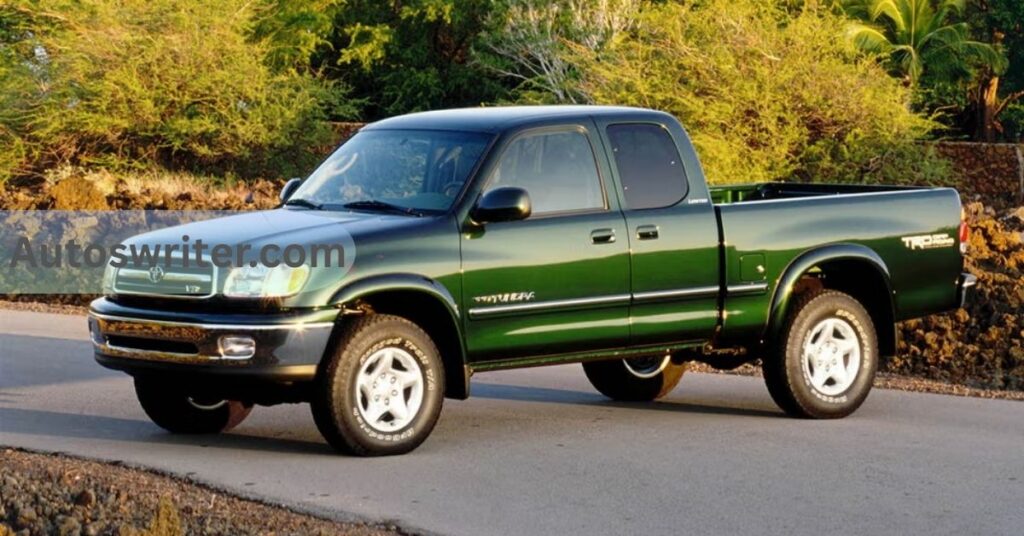
Older generations of the Tundra are generally reliable, but they have their known issues. For example, secondary air injection (SAI) pumps often fail on 2007–2010 V8 models. The SAI pump adds extra air to meet emissions regulations, but it can burn out or leak, triggering the check engine light. Toyota recognized this problem and extended the warranty on those parts, even offering reimbursements for past repairs. Many owners of late-2000s Tundras had to replace the air injection pump or valves.
Rust on the frame and underbody is another concern on older Tundras, especially in snowy regions. The steel frame can corrode over many years if road salt gets under the truck. Toyota’s official corrosion warranty covers holes in the body panels for 5 years, but frame rust can appear later. Buyers of older trucks often inspect the frame for heavy rust.
Older Tundras can also have oil leaks. Familiar leak sources include the valve cover gaskets, rear main seal, and oil pan gasket. These leaks don’t usually cause immediate failure, but over time, oil dripping under the truck can be messy or smell burnt. These issues have no recall, but mechanics often fix them with new gaskets. In summary, before 2022, the Tundra was generally trouble-free, except for issues with the SAI pump and everyday wear items, such as seals and rust.
Why Are These Problems Happening?
Several factors may explain why the latest Tundras have seen new issues. The new twin-turbo V6 engine is much more complex than the old V8. It has very tight clearances and more high-pressure parts. The machining debris that entered some engines likely occurred due to minimal tolerances in the crankshaft and bearings.
When Toyota engineers studied the failures, they found that even tiny metal shavings can stick to the bearings under heavy load and cause them to wear out. This is not a design flaw in the engine concept but rather a manufacturing quality issue.
Another cause is the growing electronics and emissions systems. Features such as the secondary air pump, catalytic converter heat shields, and complex infotainment screens add more components that can fail. The more features a truck has, the more potential failure points it has. For example, the instrument cluster recall highlights how even software or display hardware can be overlooked in a new model.
Additionally, whenever a carmaker launches an entirely new platform, there can be issues with ramping up production. The 2022 Tundra was built at a new plant and needed fast production. In such cases, some assembly steps, such as cleaning out debris, might be rushed or overlooked. Over time, Toyota should refine its process. In other words, the first few model years (2022–2023) are often when teething problems emerge. Toyota appears to be learning from these and issuing fixes.
Also Read: How Long Do Toyota Corollas Last-A Complete Ownership Guide
What Toyota Tundra Owners Are Saying:
Feedback from Tundra drivers varies. Many owners praise the Tundra’s power, comfort, and ride quality, but others point out minor issues. For example, one 2022 Tundra owner reported being “very satisfied” overall after 4,200 miles, noting that people complimented the truck. This owner did list some minor issues: peeling protective tape on the door pillars, slightly uneven bumper panels, and a sunroof seal that seemed loose. These are minor assembly and finish items, but they can be inconvenient and may require dealer fixes.
Another owner with 500 miles on a 2022 Tundra said it was an “excellent experience” and that everything was “as expected or better.” He specifically noted improved fuel economy and more power compared to his older Tundra, as well as handy storage space under the rear seats. He praised the styling and new rear suspension for a smoother ride. In his words, the new Tundra was one of his favorite trucks so far.
However, some owners have had a harder time. For instance, a 2022 Tundra Limited owner wrote that he had “nothing but problems” with his truck. He reported that dashboard warning lights were flashing, the electronic parking brake was malfunctioning, and the brake lights were freezing in cold weather.
He even said he ended up driving the truck only 20 miles per week to avoid rust and brake issues and felt like he had wasted $60,000 on a vehicle he could barely use. Another driver complained of deafening wind noise above 55 mph and mentioned visiting the dealer three times without a solution.
These reports reveal a mix of positive and negative experiences. On balance, many owners still find their Tundras reliable and comfortable. However, the negative stories underscore the importance of checking specific features: ensure all safety lights function properly, test the electronics, and listen for any unusual noises.
Before You Buy Tundra: Questions to Ask:
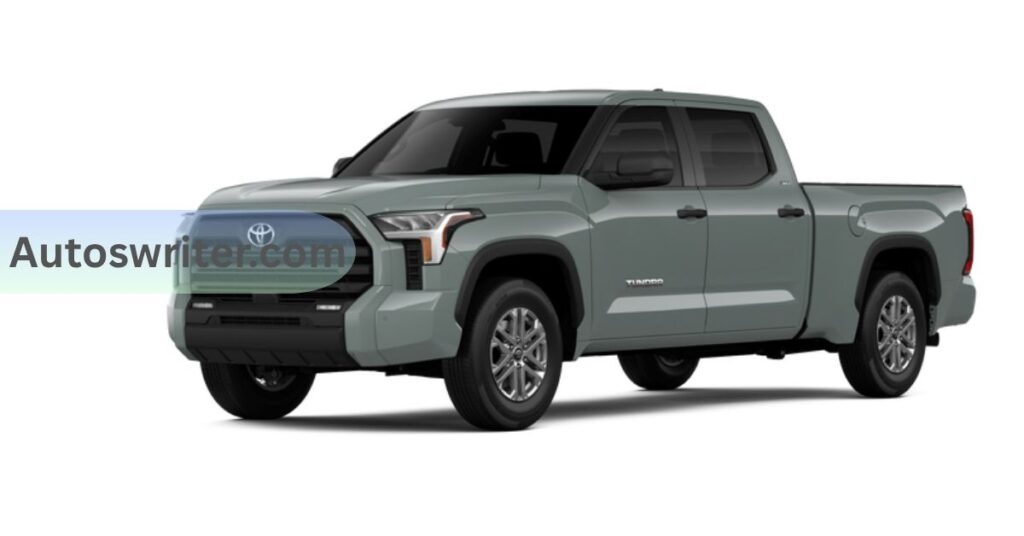
If you are shopping for a used 3rd-generation Tundra (2022 or later), it’s wise to ask the seller or dealer about recalls and fixes. For example, confirm whether the truck’s VIN has had the engine-debris recall done (see Toyota’s recall page or ask the dealer). Verify that the transmission software update has been applied. Test the instrument panel; if it ever blanked out, it should have been fixed under recall. Also, test the backup lights (especially if your model is older, 2022-2023), and look for any signs of moisture or corrosion.
For older Tundras (2014–2021), inquire about the vehicle’s history, including any oil leaks that have been repaired or rust work that has been done. If purchasing a 2007–2010 model, inquire whether the air injection pump has been replaced or if any warranty reimbursement has been provided, as Toyota offers extended warranties for this part. In general, ensure that all scheduled maintenance is kept up to date, as this helps identify issues early.
Also Read: Why Is My Tire Pressure Light Blinking Toyota-Complete Guide
Frequently Asked Questions:
Q1. What is the engine recall on the 2022–2023 Toyota Tundra about?
Toyota issued a recall affecting more than 100,000 Tundra trucks after discovering that metal debris might have been left inside the twin-turbo V6 engines during production. This issue could lead to engine knocking, unexpected stalling, or even complete engine failure. To fix the problem, dealerships will replace the entire engine at no cost to the owner.
Q2. What’s the transmission issue with the 2022–2024 Tundra?
Certain Toyota Tundras can unexpectedly roll forward while in neutral due to a software glitch in the transmission control module. To address this issue, Toyota launched a recall offering a complimentary software update.
Q3. Is the digital display problem serious?
Yes. On some 2022–2023 Tundras, the driver’s instrument panel can unexpectedly go blank, hiding speed and warning lights. Toyota issued a recall to fix or reprogram the display hardware.
Q4. Are backup light failures common in newer Tundras?
Yes, a recall was issued for 2022–2025 Tundras due to water getting into reverse lights, which can cause them to fail. Dealers will replace the lamp housings and inspect wiring at no cost.
Q5. Are older Tundras (2000–2021) more reliable?
Generally, yes. The older V8 models have fewer recalls, although some models face issues such as secondary air injection pump failure (especially those from 2007 to 2010), oil leaks, and frame rust in northern climates.
Conclusion:
The 2022–2023 Toyota Tundra introduced new technology but has encountered early issues; however, Toyota is actively addressing these issues through recalls and updates. The engine debris recall and transmission software fix are the most critical recent actions. By 2024 and 2025, many of these problems are expected to be resolved in newer trucks, so later-model Tundras may prove more trouble-free.
As of now, older Tundras (especially those from 2014 to 2021) remain quite reliable, with a proven track record. However, they can have typical wear-and-tear issues, such as oil leaks or rust, that buyers should be aware of.
Buyers should double-check the recall status of any newer Tundra they consider. Ask to see if dealers performed the required fixes. Test-drive the truck thoroughly. Inquire about any service bulletins related to hybrid or electronic issues (e.g., software updates for infotainment or brakes).
